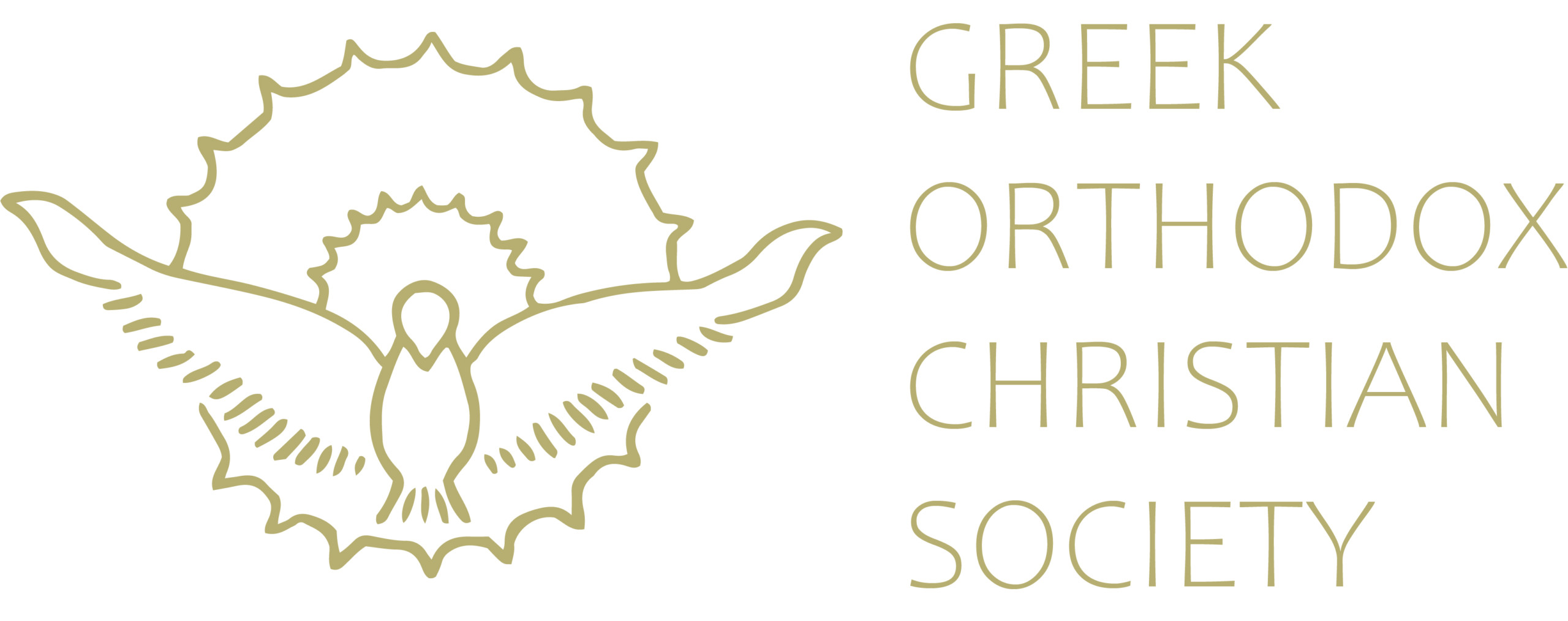It is said that icons are a pictorial representation of Scripture, where iconographers utilise not only geometry and colour, but also symbolism, theology and perspective. This is true for the icon of the Nativity of Christ where the mystery of the Incarnation, which was hidden from before time, is now revealed to all through its contemplation.
Isaiah states that “the ox knows its owner and the donkey its master’s crib; but Israel does not know, my people do not consider” (Isaiah 1:3). Here the least intelligent of domesticated animals show wise instinct to recognise the Saviour, whereas Israel did not recognise Him. Thus “Christ the True Light”, “the light of men… shines in the darkness” (John 1:4,5) of the ignorance of humanity (the dark cave) and reveals the great plan of Salvation. However this plan would include the death of Christ on the Cross, and is symbolically expressed by depicting the Christ-child in swaddling clothes, the linen straps used to prepare a body for burial.
This star emits a tri-solar light descending from the heavens as a single ray and splitting into three rays. Theologically, this signifies the one essence and three Persons of God. All participate in the economy of Salvation, and our journey to Christ the Saviour encompasses our whole life (youth, adulthood and maturity) expressed by the three different age groups of the wise men. Moreover, the two lower scenes theologically emphasise the divine and human natures of Christ. In the lower left scene, Joseph is troubled by the unexplainable pregnancy of Mary, who conceived by the overshadowing of the Holy Spirit yet remaining a Virgin (Matthew 1:20), while the midwives on the right emphasise Christ’s humanity where the baby whose body “suffers” washing has the same flesh that suffers on the Cross.
The cosmic events depicted in the icon are not shown in linear time: rather, a technique called episodic time (or epic perspective) is used. This can be seen in the two upper scenes, where events that occurred at different times are shown in the same icon. On the right, the “Angels with shepherds give glory” (Kontakion of Christmas), and on the left “those who worshipped the stars are led by a star to worship You, the Sun of Righteousness” (Apolytikion of Christmas). Here, the three wise men set out travelling many months before the birth and the shepherds are the first to be informed of the Nativity. This creates the abolition of linear time, where the only reality is the present tense of the celebration.
In the centre, the Theotokos truly stands out written with a rich red garment with gold stripes and stars, reclining on a royal red cushion. The stars on her two shoulders and head symbolise her virginity before, during and after her mystical birth of Christ, whereas the red colours signify her warmth, love and royal lineage. Finally, she is humbly depicted contemplating and making sense of all that has happened: how God has “regarded the lowly state of His maidservant”, and that henceforth all generations will call her blessed (Luke 1:48).
Source: December-January 2015 Lychnos Edition


